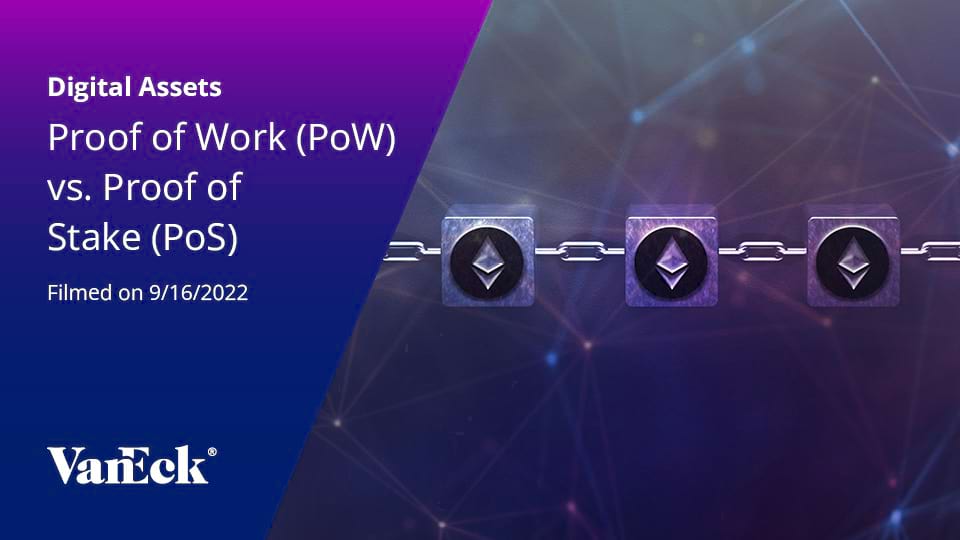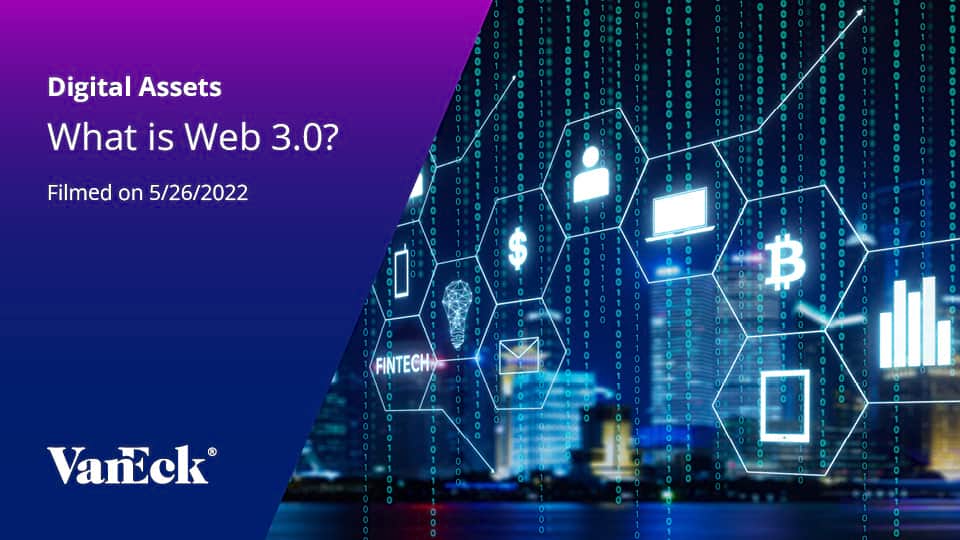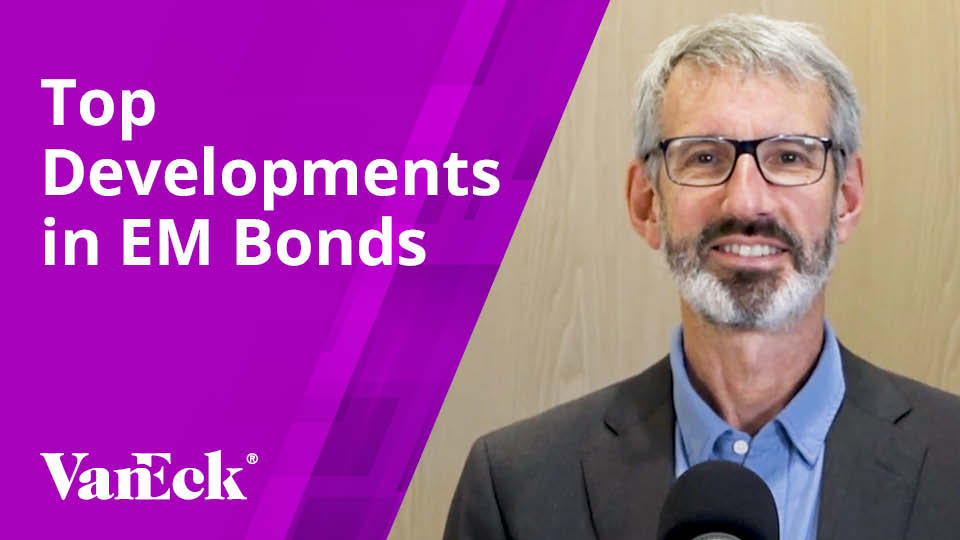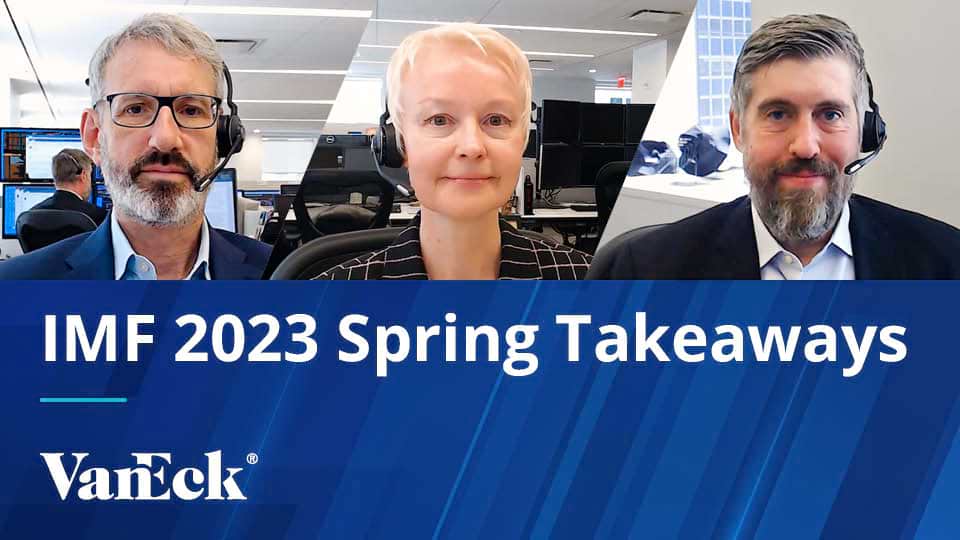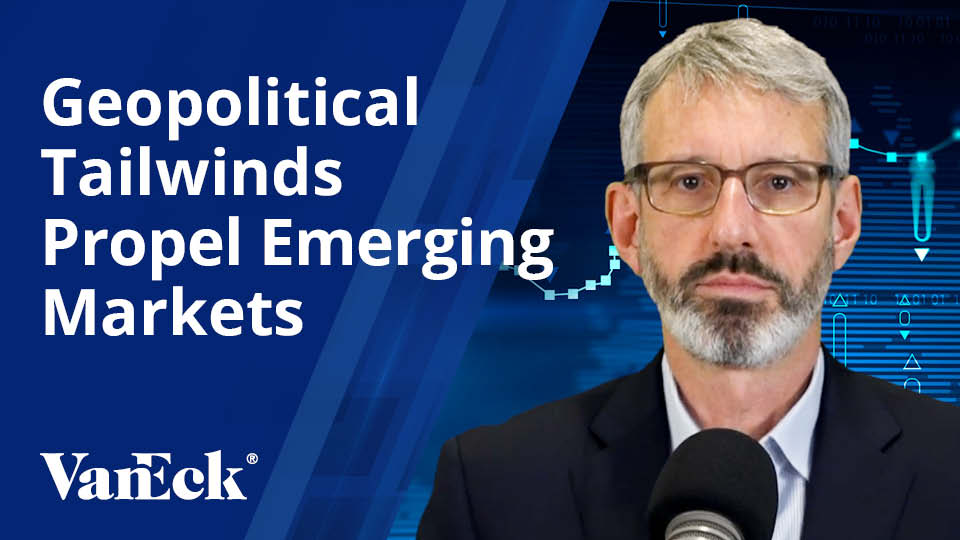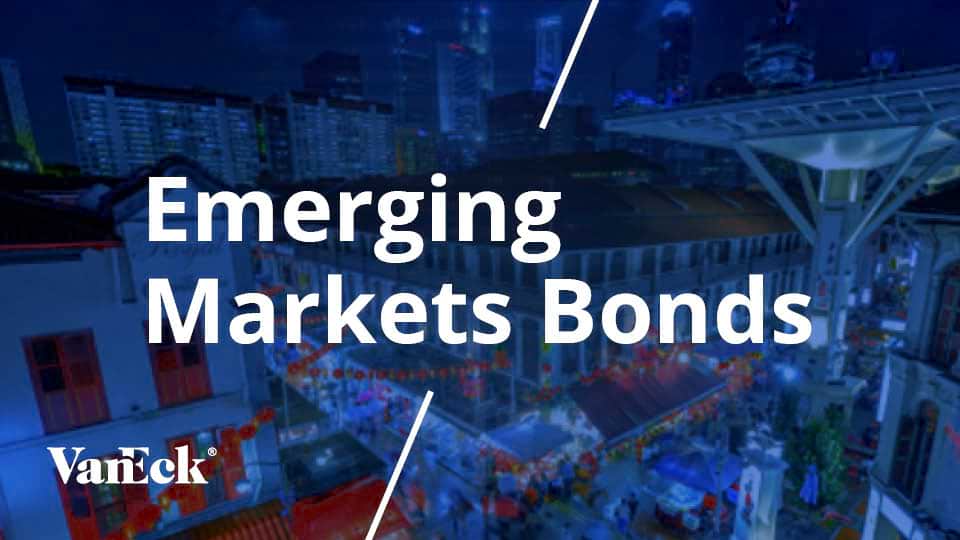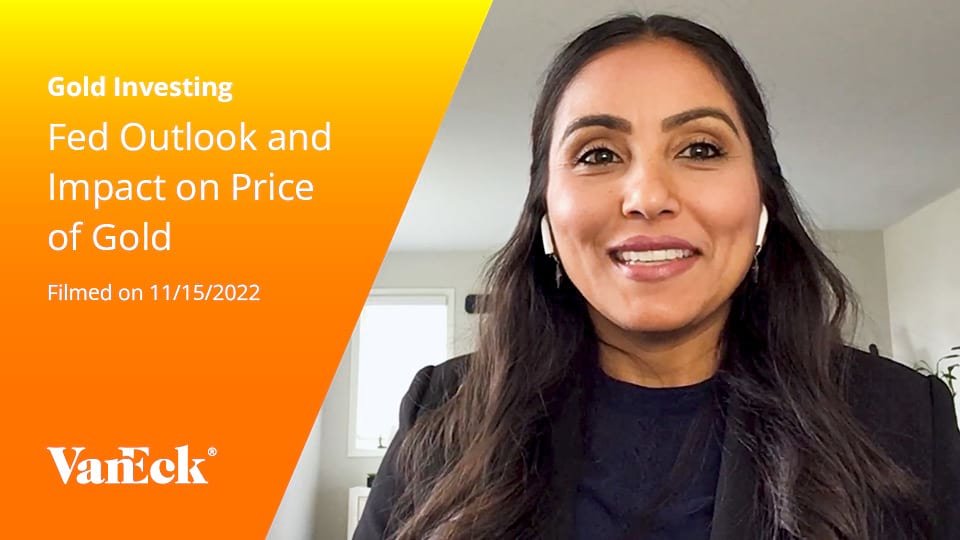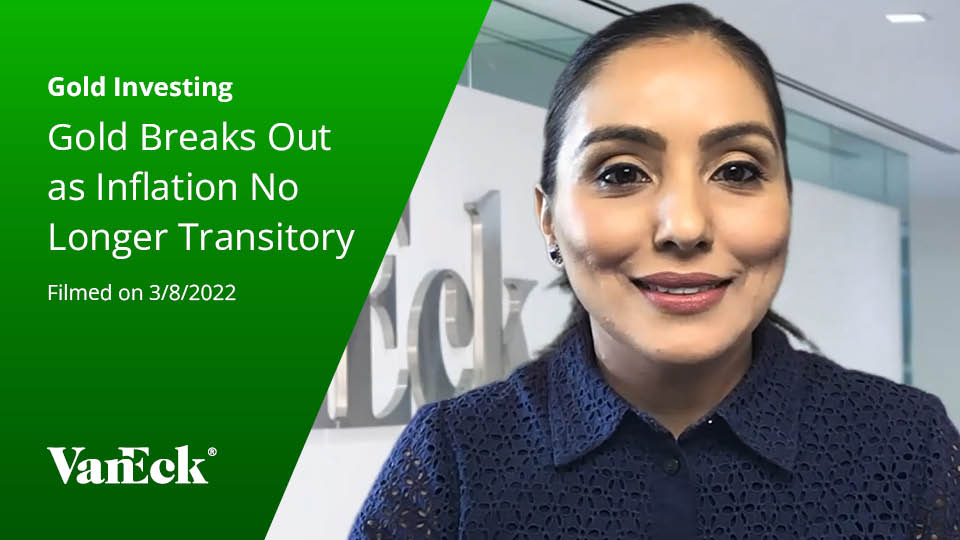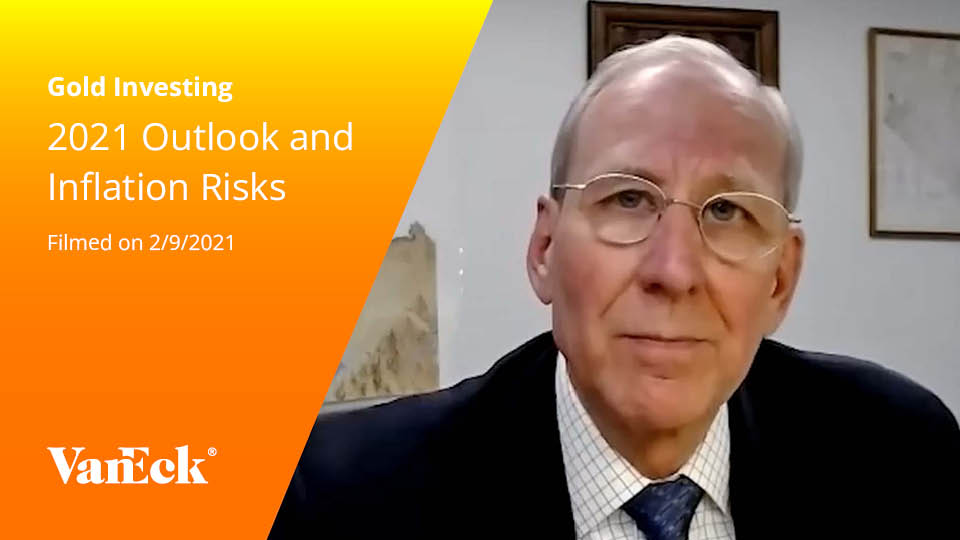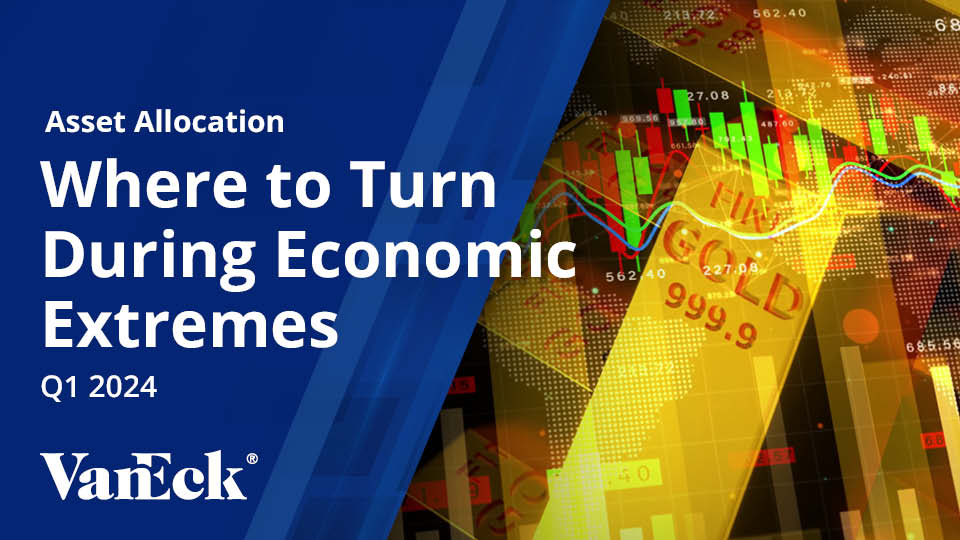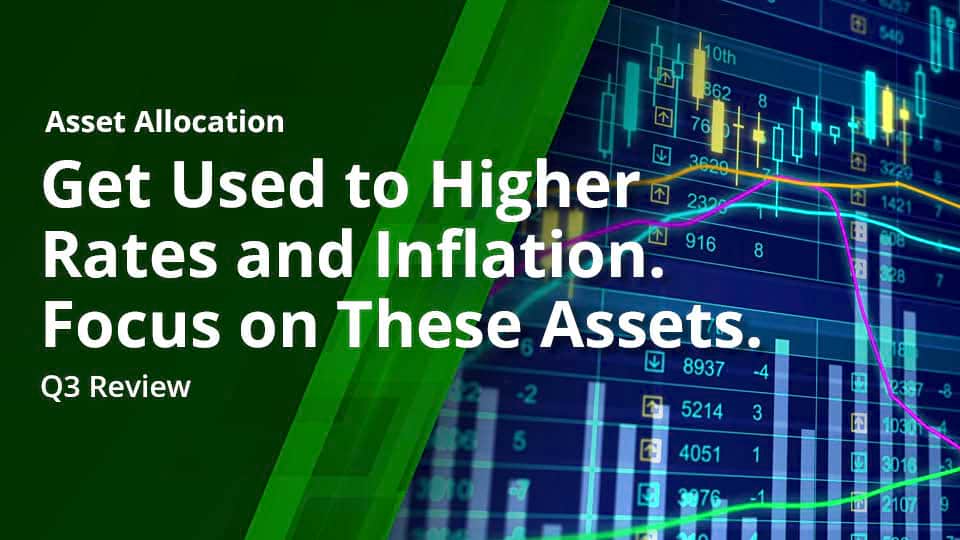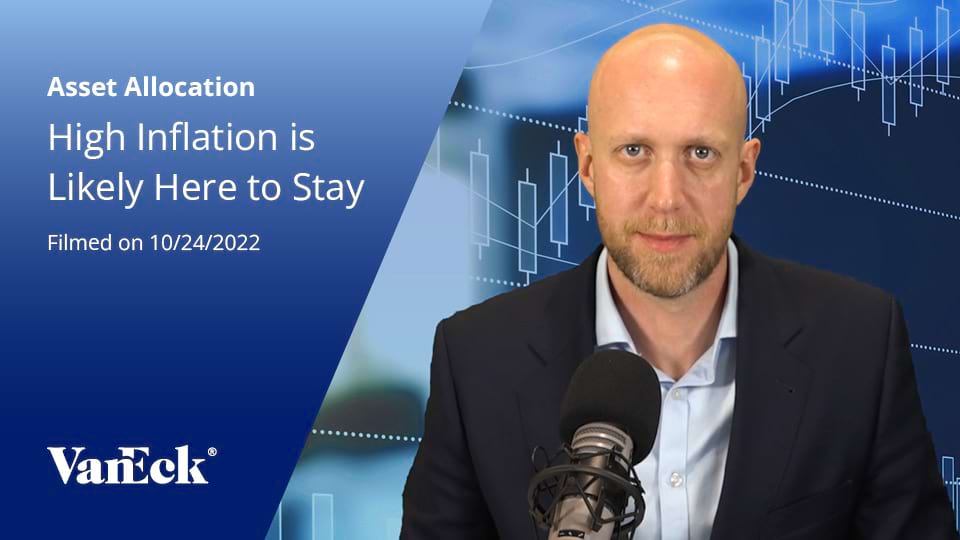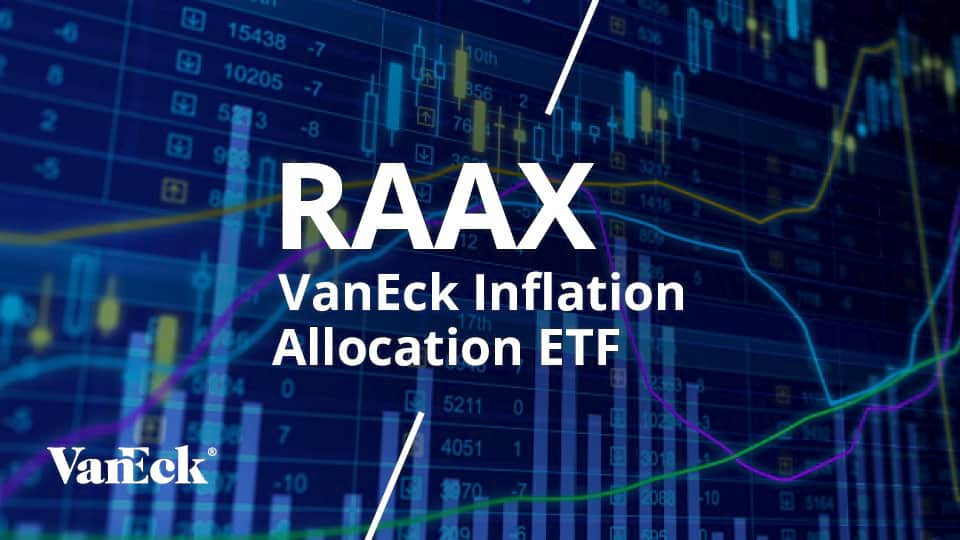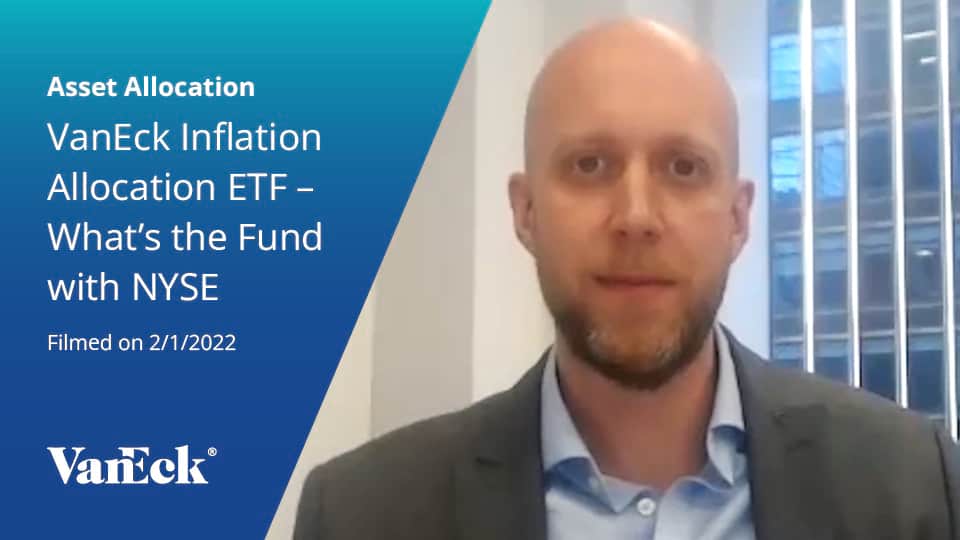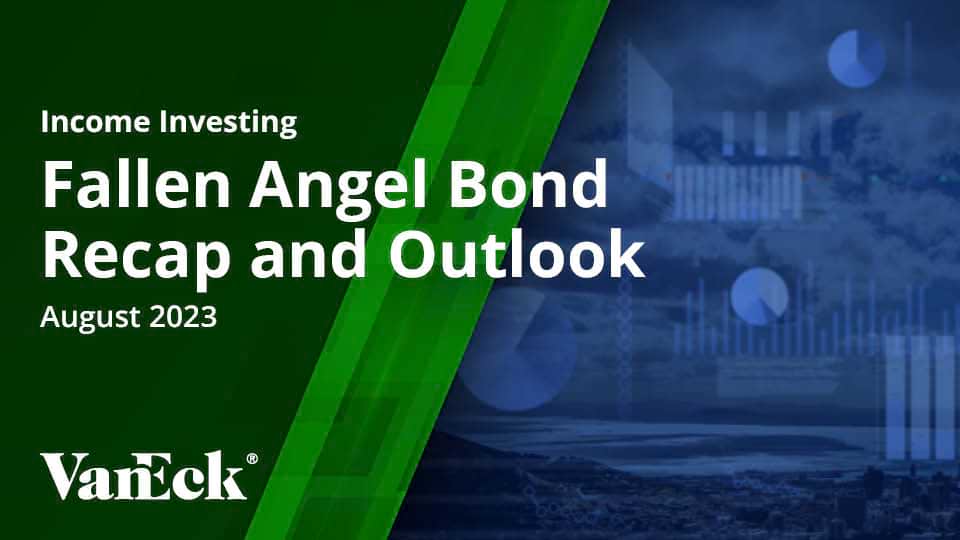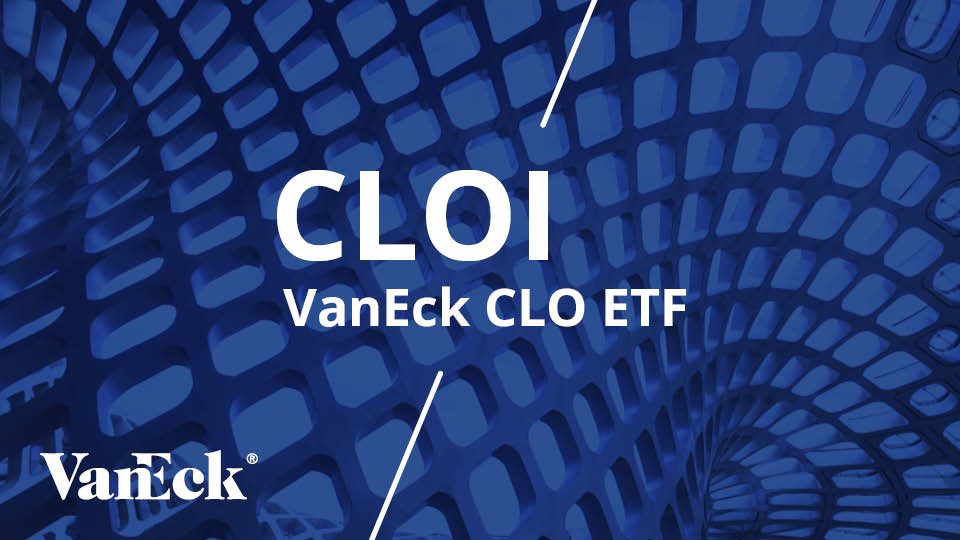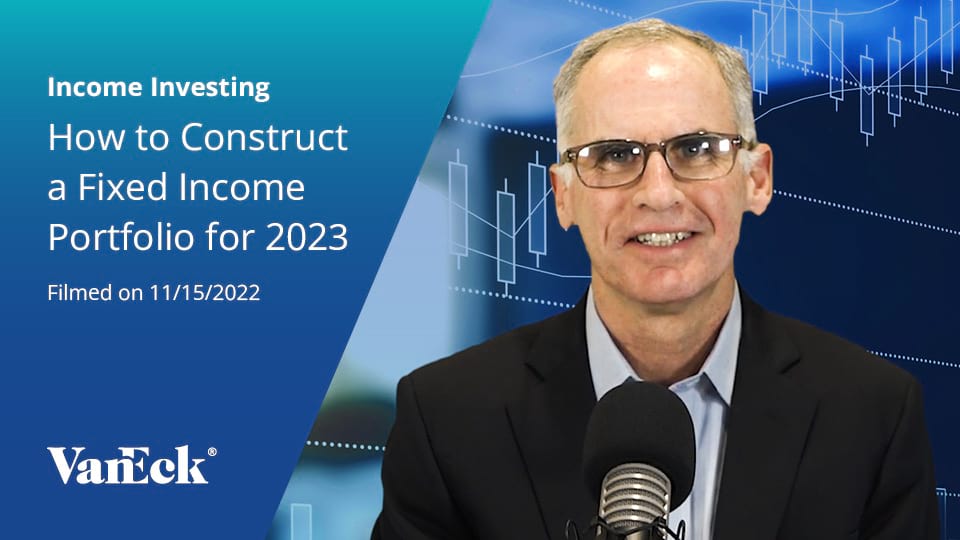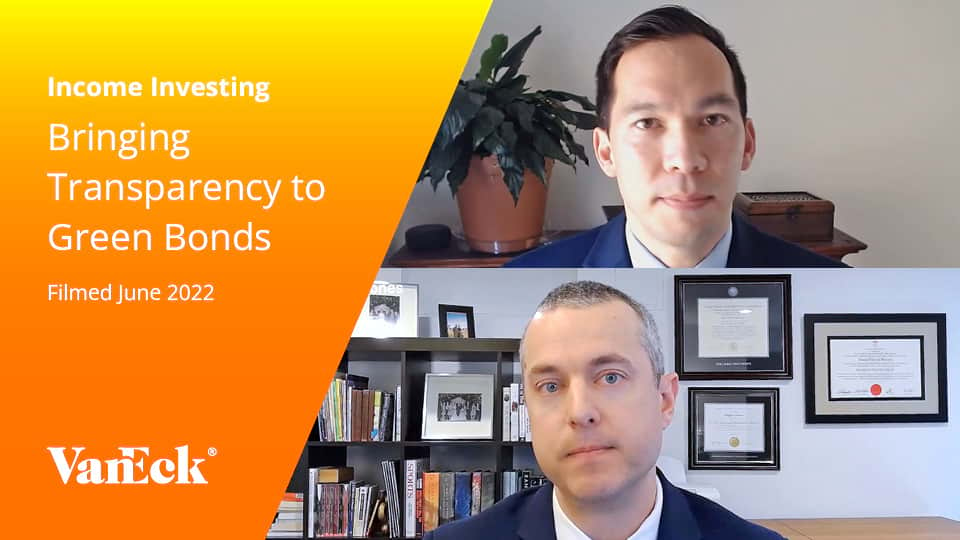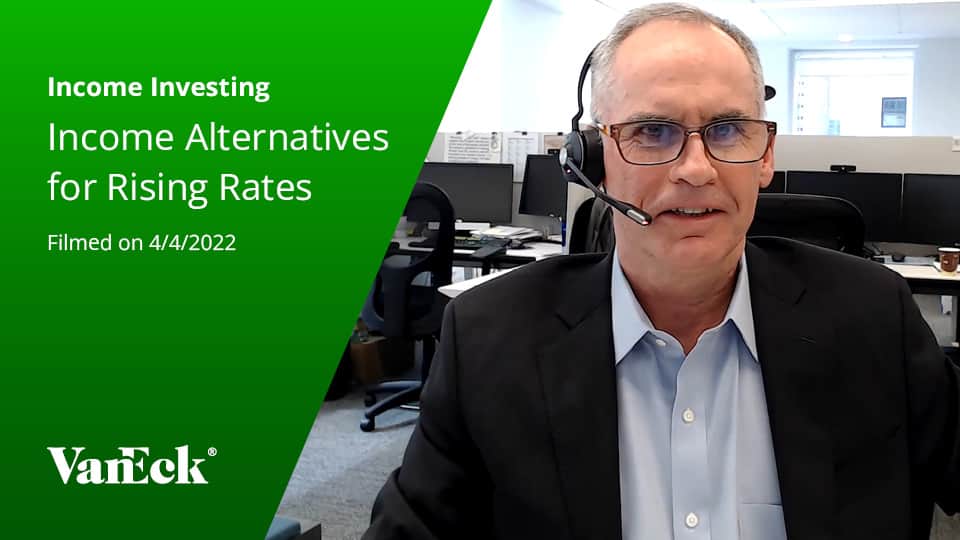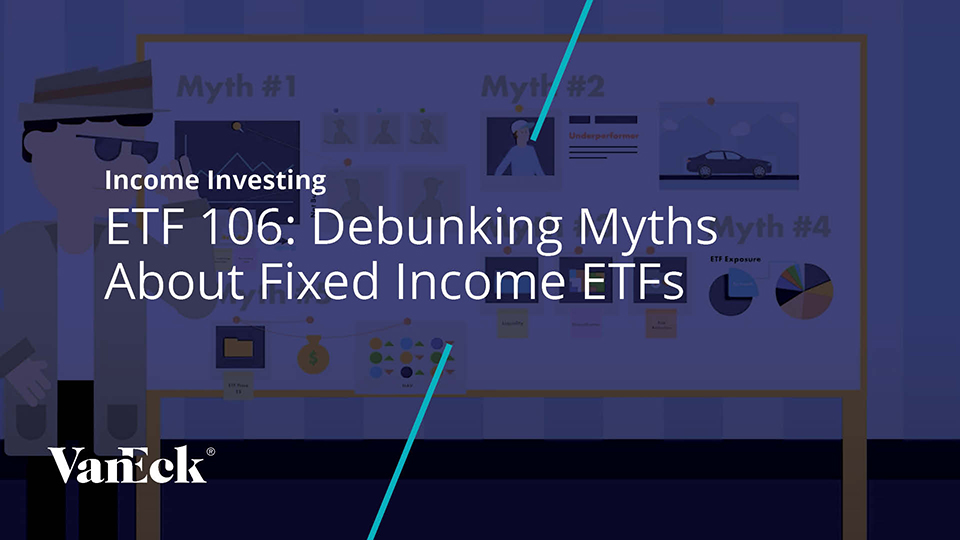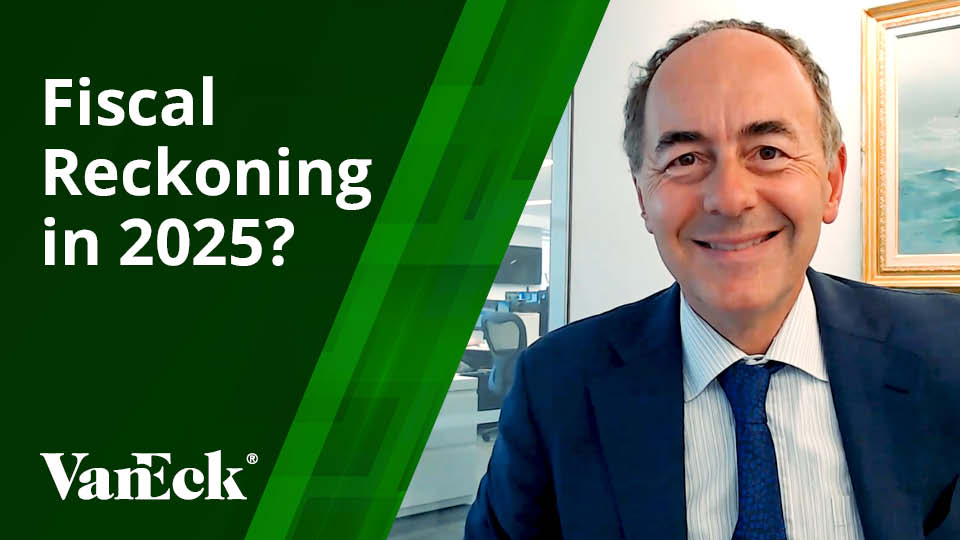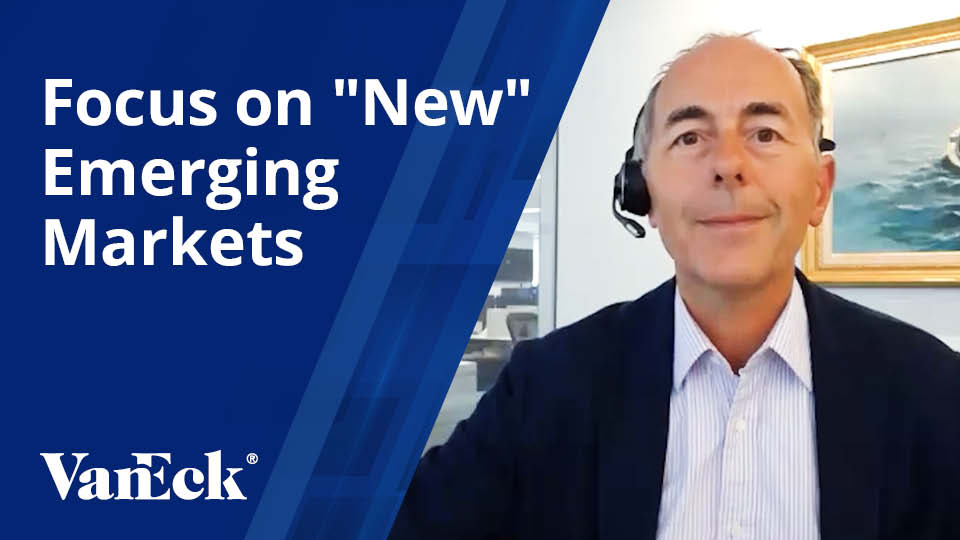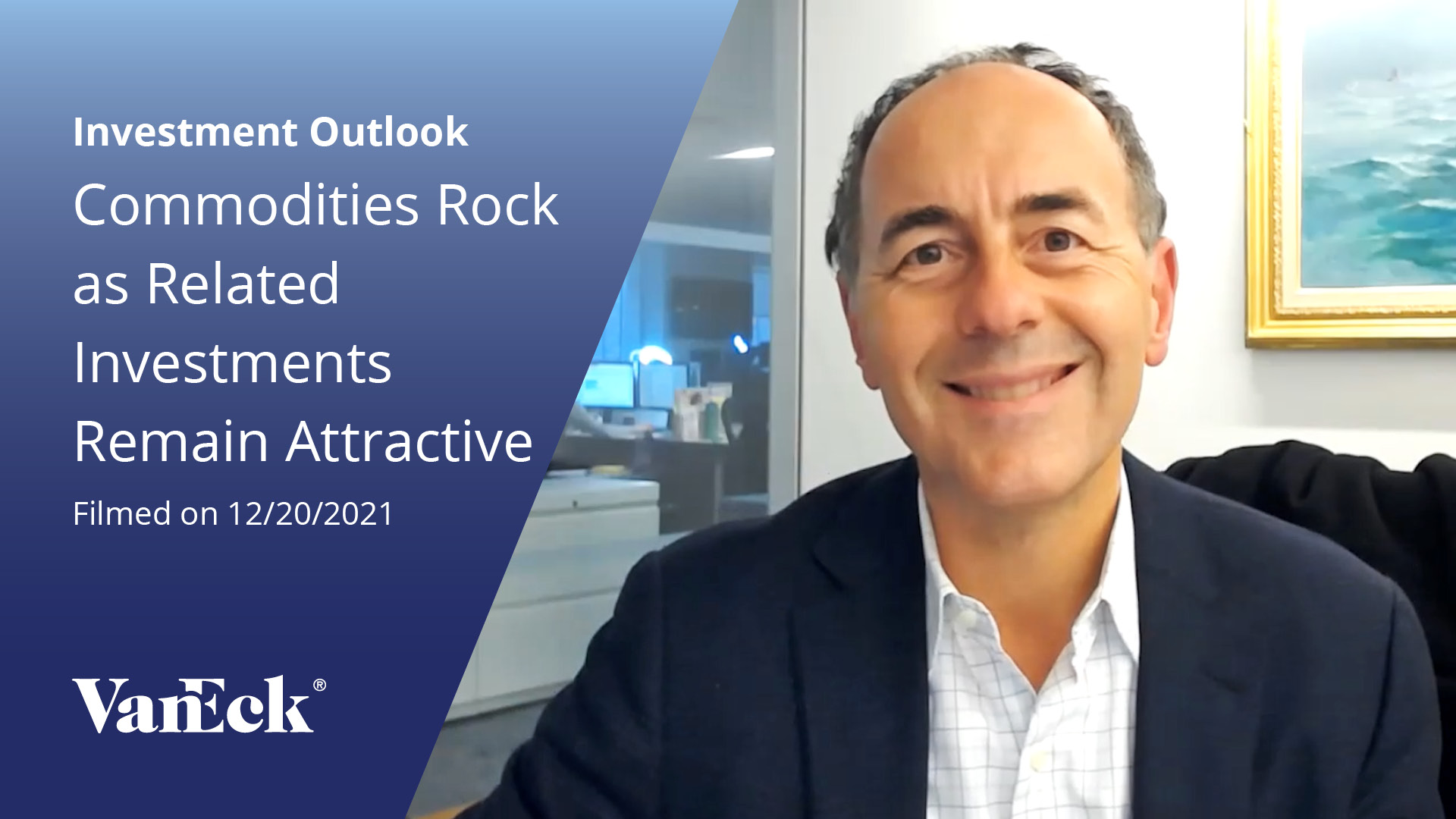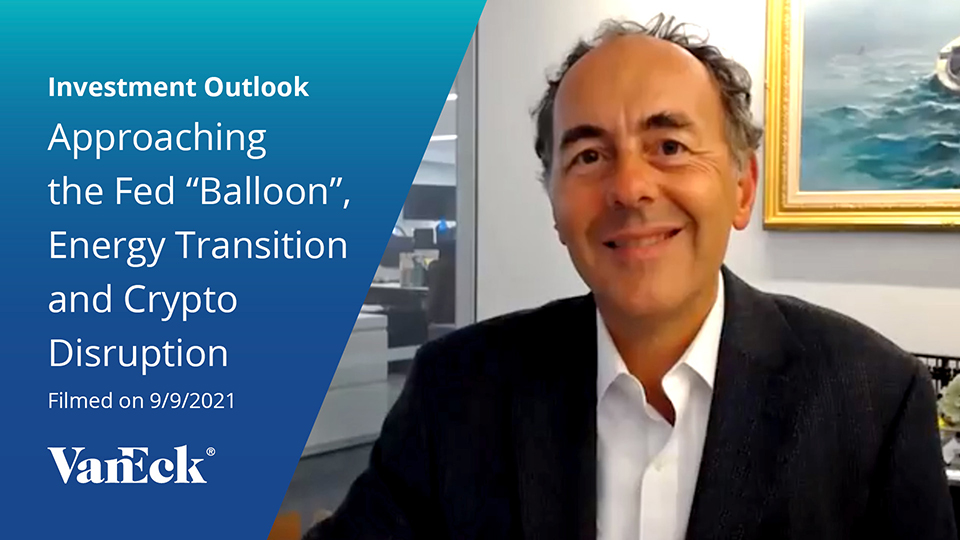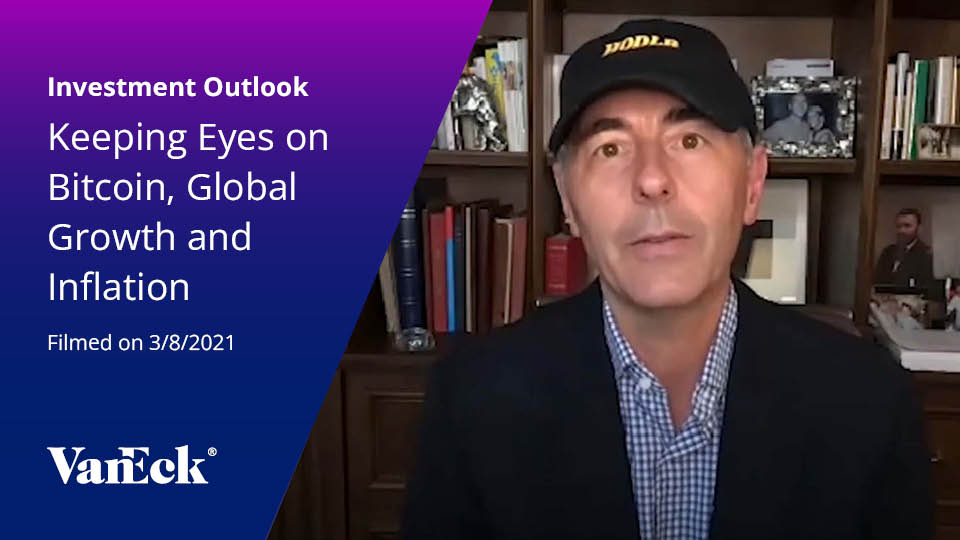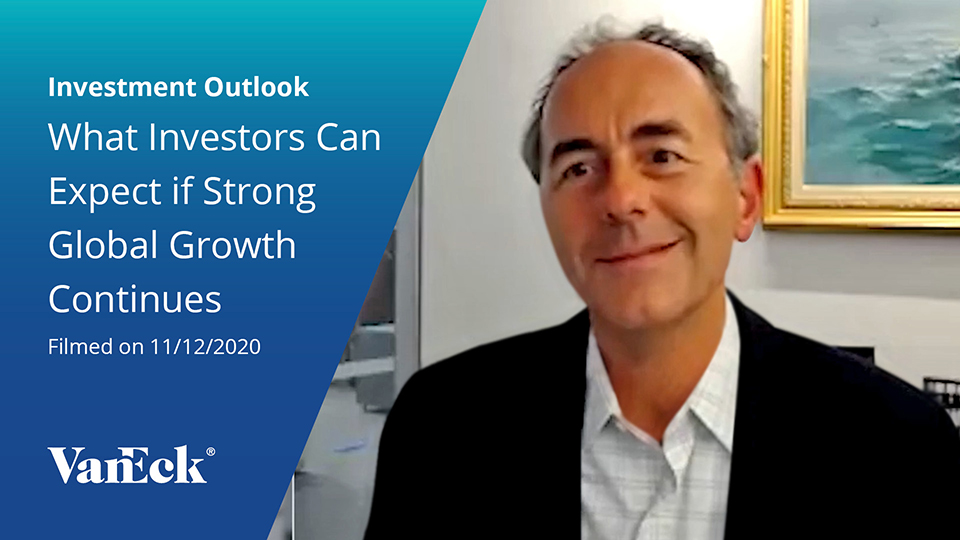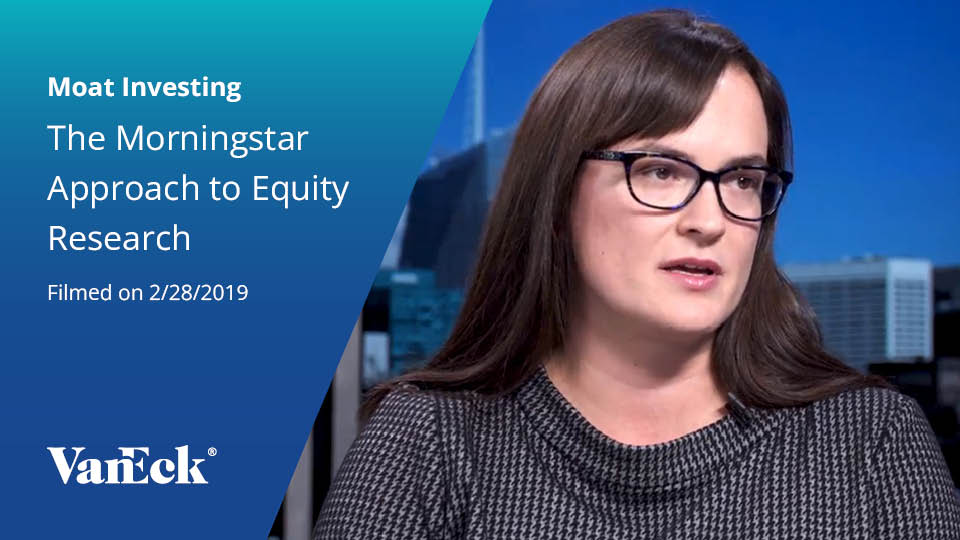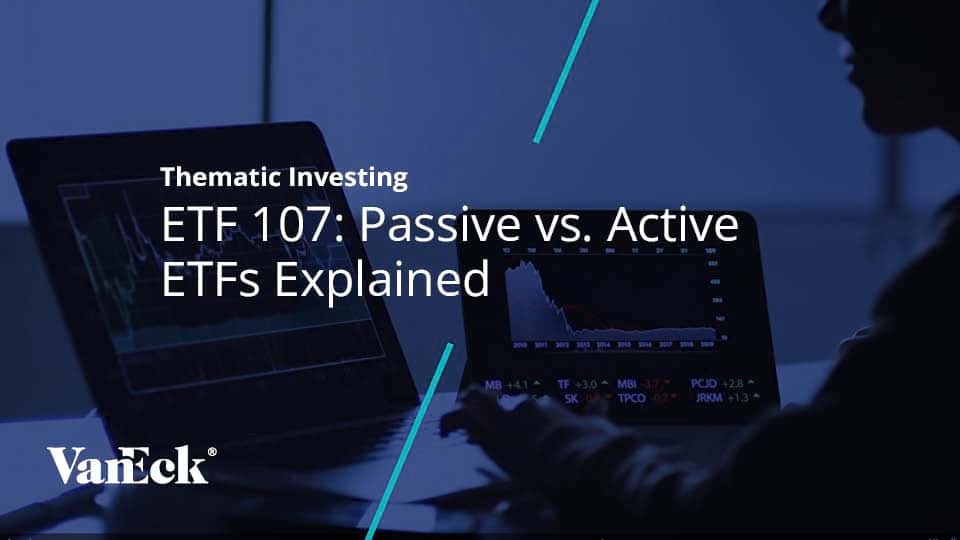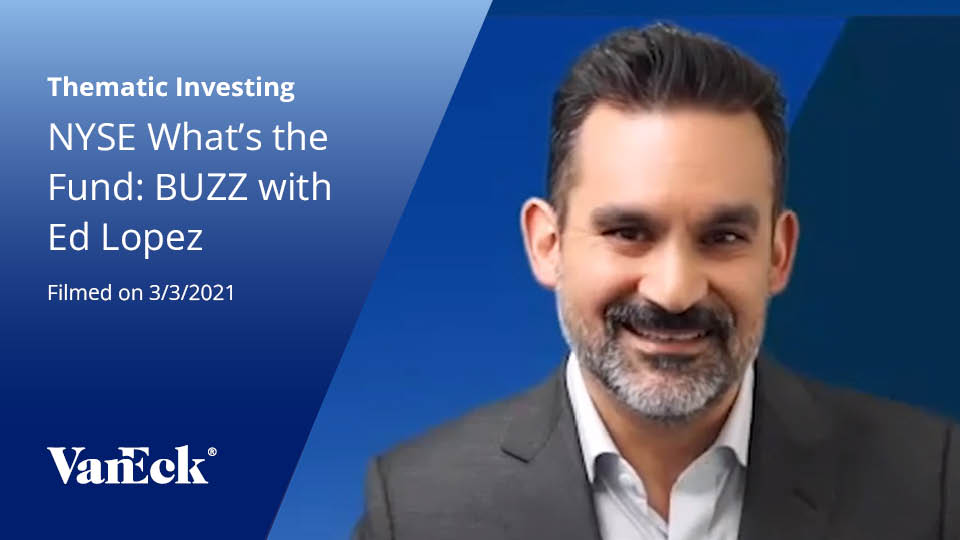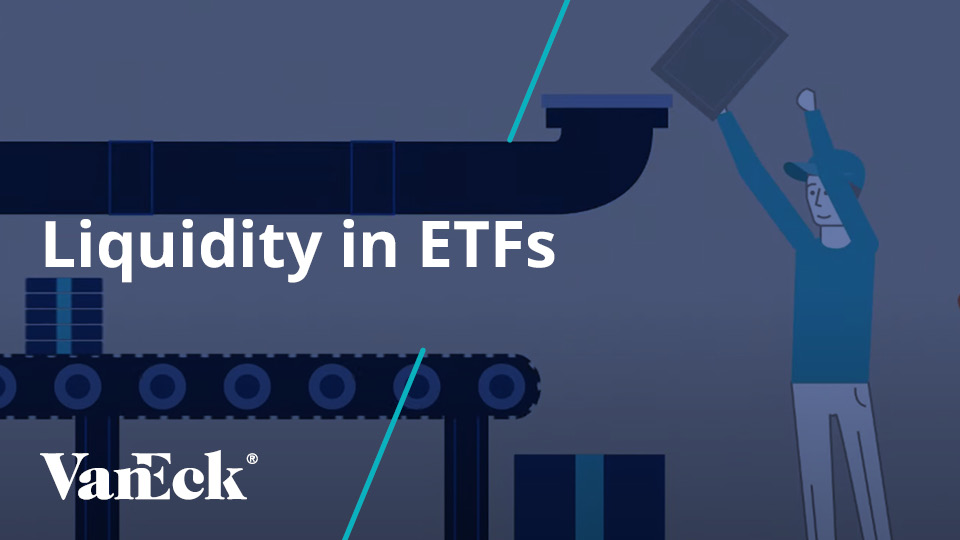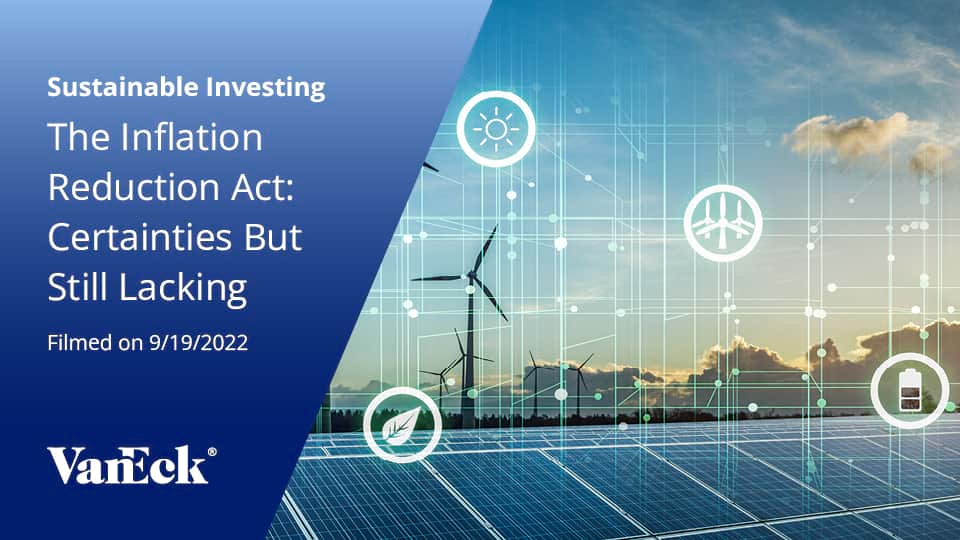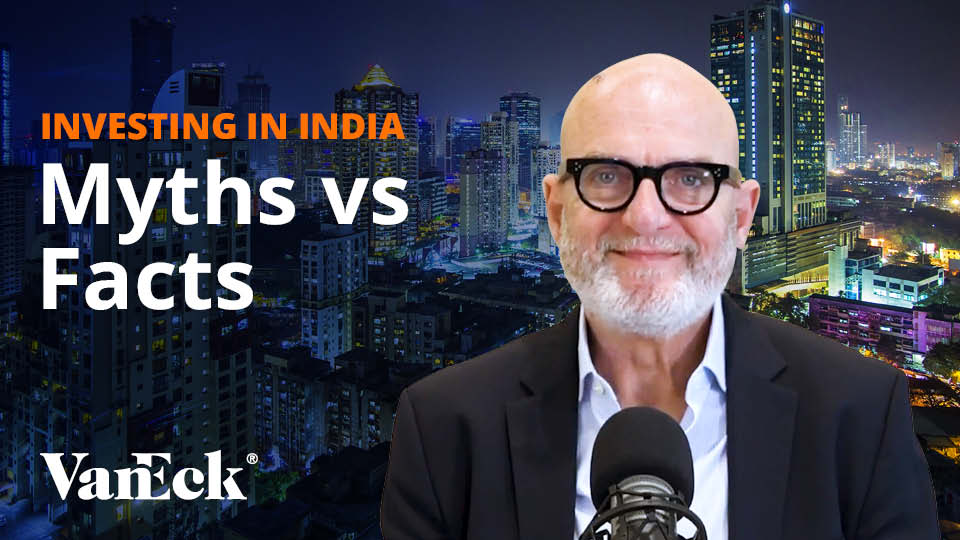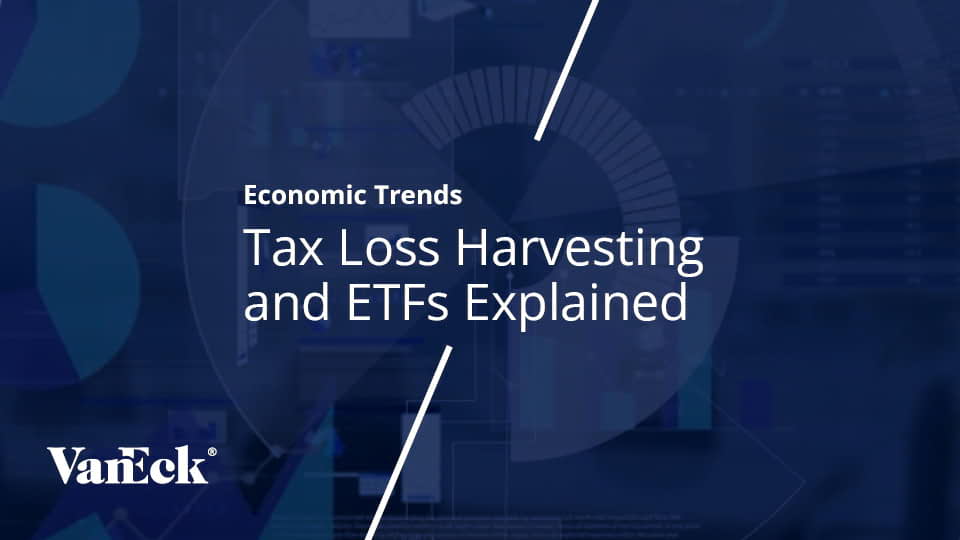Videos


Policy reforms, digitization, and favorable demographics are propelling India's transformation and growth. Angus Shillington addresses misconceptions about India, including valuation concerns, comparisons to China, poverty, corruption, and single country exposure.
Hey everyone, my name is JP Lee. I'm a product manager at VanEck. I'm joined today by Angus Shillington, a deputy portfolio manager for our active emerging markets equity strategy. And today we're here to talk about India. And as we go through this video, we're to kind of keep circling back to three key points. And I want to outline those right now.
Strong Market Performance
The first key point is that the Indian stock market has performed exceptionally well over the last 20 years. And that performance has been driven by a cohort of quality, well -run, compounding businesses that are delivering shareholder returns to their investors.
Impactful Structural Support
The second key takeaway is that India's positive growth trajectory is built on top of a number of structural support pillars. The government is making very smart fiscal policy choices. Consumers are adapting to new technology and using it at record pace. And then finally, demographic tailwinds are providing kind of a support system for economic growth going forward.
India is Under-Represented
The final key takeaway is that we believe India is underrepresented in the broad market benchmarks. So given the size of the opportunity, we advocate for the use of single country ETFs to boost your exposure to this exciting growth story.
India's Impressive Stock Market Performance
India's stock market over the last 20 years has been incredible. It's comfortably outperformed the S&P in dollars, the MSCI, EM, ACWI, China. And that includes a period between sort of 2011, 2015 where the currency was very weak. So that would be my first point.
My second point would be it's been pretty much in line with the S&P 500 over pretty much every time period, give or take a couple of hundred basis points.
The third point I think is really mind blowing and that is India at an index level has done this without A) massive amounts of quantitative easing that you've seen in the United States and B) without the large cap mega tech companies that have driven the S&P over the past several years.
The best way to think broadly of a good Indian company, a good Indian company has grown to be a large member of the index is like a Coca-Cola. So we're talking businesses that have defensible moats businesses that grow using internally generated cashflow, and businesses that sustain high operating margins, return on equity, return on capital employed over long periods of time. So basically, they compound.
Now, the way to think about this at an index level is roughly like a Berkshire Hathaway portfolio. So the Indian index, is mostly made up of businesses that compound value over time. Now, here's an important factor that you've just got to pay attention to. For quality, for compounding, for returns on shareholder value that a Coca-Cola or most of these amazing businesses in the Indian index will deliver, you pay a slightly higher multiple. That multiple reflects lower volatility of earnings, that multiple reflects returns to shareholders.
And it's something that I think people get a bit confused about, but need to be comfortable with.
Stock Market Returns Outpace GDP
The relationship between Indian GDP and stock market returns is relatively simple to analyze. If you take 25 years of yearly difference between GDP growth and the stock market return, for India, you get an annual median excess return of almost 6.7%.
Now, if you did the same calculations for the United States for the S&P 500 over 25 years, that median number is just a little over 8.4%. So what that's telling you is that both of these economies generate, through their stock market, excess returns that are comfortably above GDP. Now, if you drill down and look at the eurozone, that's a little under 4%. Japan is pretty much zero and China is negative.
So, how would you use this data to look forward? Well, you simply want to say if the Indian stock market is capable and has, through these great companies that compound value over time, generating about 6.7 % per year in the median over 25 years, you can assume that's probably going to be the case going forward. So how would you project? Simply say, what is GDP going to be for next year or what's the average GDP going to be for the next several years? And then you simply add that 6.7 % on. And that would give you a simplistic target. Now, obviously there's some multiple compression or expansion around that, but that would roughly give you the simplistic target.
Policy Reforms Drive Shift to Financialized State and Digitization
So when you're thinking about India going forward, it's important to understand what's happened in the policy realm over the past decade or so. India had a lot of work to do. It was inefficient. About 70% of the economy was a cash economy. And that meant that tax revenues were low, tax compliance was low, the government was underfunded, and a lot of the bigger stuff, especially infrastructure, was not possible.
Over the past 10 years, there has been a sequence that sequence began with digitally identifying each individual in India. Once you had that identification, an individual could walk into a bank, KYC themselves relatively quickly. The government then demonetized, which meant all cash was pulled out of the economy, meaning it would go into these newly opened bank accounts. And on top of that was built tax reform, bankruptcy laws and stuff like that.
But the simple outcome was that we took a cash economy with low tax compliance and started to move into a much more formal financialized state.
So are we starting to see the results of these policies? Absolutely. There has been some latency.
But if you look at tax revenues in India through the government accounts over the past several years, you see a sharp lift in revenue income. 2022 was 27% and then it sort of leveled out around mid teens through ‘23, ‘24 and we expect that to continue through ‘25.
That is very simply because more people are paying tax and therefore there is more income. Now, when there is more income, that gives policymakers much more latitude to deploy this in development on the ground.
So if you look at the increase in budget priorities, again, from government statements, you'll see that the sharpest increase has been in transport, around 30% over the last couple of years, and it now makes up the biggest expenditure. Now that's just roads, rail. There is a big soft infrastructure component into that as well. So now that the economy is digitizing, there is room to build digital public infrastructure, which includes, as many people will know, this public payments rail, which allows peer-to-peer transactions, B2B transactions, frictionless and free, and it's exploding.
The other which is sort of important is transfer to states. Transfer to states is simply infrastructure projects that are not done at a federal level. So the way to think about this would be renewable energy or public light rail. But really at the end of the day, what's happening is a lift in tax revenue gives flexibility to policymakers to increase investment in productive assets that are infrastructure that are at hard level and infrastructure at a soft level.
So you'll also note that the subsidy is decreasing quite dramatically. And that really is another indicator that policy traction is increasing opportunity and giving flexibility to optimize tax revenue for CapEx and investment into productive GDP growing initiatives.
Past Success and Present Reforms Shape Future Growth
So we looked at this awesome 20 year performance. We zoomed in and looked at how that performance was possible at an individual company level. We also zoomed in to see what policy and digitization was doing at a public financial level. Now let's zoom back out again and think about this whole thing as a flywheel, where the policy reform drives investment, runs through demographics and quality businesses and just spins.
Now, the output of that will be, we're pretty sure, long-term GDP growth that can be predictable and probably relatively higher than it's been in the past. Inflation should come down. If inflation comes down, long-term rates will come down, which will almost certainly improve corporate margins, almost certainly improve real estate ownership. And innovation will cluster around digitization and this reduction in inefficiency.
I think the most helpful way to visualize the future is to understand India in three modules. So the past, the present, the future. In the past, you've had this exceptional equity market performance. That equity market performance is mostly driven by exceptional businesses that compound value for shareholders. The country has been developing, and it has this exceptional demographic tailwind.
Over the past 10 years, let's call that the present. We've gone through transformational policy change. That's been layered on top of digitization. The way I'd like to think about that is kind of a mashup between post Reagan United States and post 1990s digitization in the United States.
So put those together and put them on fast forward is roughly what we're looking at in the future. There's a fairly reliable roadmap. I think you can predict GDP very reliably and investors will start to see development and market patterns emerge fairly quickly in terms of companies, consumer behavior, and public and private investment.
PE is Too High
There's a lot of concern around valuation. Now we've touched on this briefly. This is a quality market that's delivered exceptional returns over time. That will demand a higher valuation than people are used to paying in emerging markets. However, that valuation has been at this level for 25 years. So I would call that price discovery. And I think it's unlikely that that P/E will come down materially for a long period of time.
Just China 2.0
I think people are always worried that India's development will turn out like China. So I think the best ways to think about that is India is developing with robust fundamentals. I say robust fundamentals to refer to the CapEx, the productive infrastructure build out, that's being funded by equity, that's funded by increase in tax revenue. The demographics are considerably better than China, but I think most importantly, you've got to look at the free market economy with market driven reforms, and you only need to look at the recent election to understand this is a democracy that functions.
Too Poor/Corrupt/Inefficient
So as I travel around and meet with investors, there is definitely a question around corruption, poverty, inefficiency. And I think the way to think about this is, this is a country with exceptional demographics. It's the country that is incredibly inefficient. This inefficiency and solving this inefficiency is the equity opportunity going forward. We've laid out the reforms, digitization. Clearly that will address corruption in a way that we believe will pretty much eradicate it in the coming years. And it should no longer be a concern.
Single Country Exposure
I think there's a simple explanation to the single country exposure concern, and that is that you only get 1.75 % exposure to India in the ACWI index. If India does roughly what we think it will do, even if it just performs in line with the past 20 years, 1.75 % just will not give you much of an impact in a diversified portfolio.
So just looking out at a relatively low growth world going forward, India will almost certainly need a single country exposure to augment your existing allocation.
So Angus just went over a lot of stuff and I think that he's presented a very compelling macro case for investing in India. So at VanEck, we have two different ways to invest in India.
The first is GLIN, ticker GLIN, which is the VanEck India Growth Leaders ETF. GLIN is a broad market approach that uses a GARP strategy that allows you to participate in the growth of India while potentially sidestepping valuation concerns.
The second option is DGIN, which is the VanEck Digital India ETF. This ETF provides targeted exposure to companies that are participating and benefiting from the tech revolution that's happening in India right.
Well, thanks for watching. And if you want to learn more, go to VanEck.com/subscribe. You'll be able to subscribe to our emerging markets equity newsletter. We drop a lot of research about India and you can also learn about a lot of other exciting investment opportunities happening around the world today.
IMPORTANT DISCLOSURE
India is represented by the MSCI India Investable Market Index (IMI) which is designed to measure the performance of the large, mid and small cap segments of the Indian market.
Emerging Markets is represented by the MSCI Emerging Markets Index which captures large and mid cap representation across 24 Emerging Markets (EM) countries.
United States is represented by the S&P 500 Index which captures the stock performance of 500 of the largest companies listed on stock exchanges in the United States.
MVIS® Digital India Index intends to track the overall performance of companies involved in supporting the digitization of the Indian economy.
MarketGrader India All-Cap Growth Leaders Index consists of fundamentally sound Indian companies that exhibit attractive growth potential at a reasonable price.
This is not an offer to buy or sell, or a recommendation to buy or sell any of the securities, financial instruments or digital assets mentioned herein. The information presented does not involve the rendering of personalized investment, financial, legal, tax advice, or any call to action. Certain statements contained herein may constitute projections, forecasts and other forward-looking statements, which do not reflect actual results, are for illustrative purposes only, are valid as of the date of this communication, and are subject to change without notice. Actual future performance of any assets or industries mentioned are unknown. Information provided by third party sources are believed to be reliable and have not been independently verified for accuracy or completeness and cannot be guaranteed. VanEck does not guarantee the accuracy of third party data. The information herein represents the opinion of the author(s), but not necessarily those of VanEck or its other employees.
An investment in the VanEck India Growth Leaders ETF (GLIN) may be subject to risks which include, but are not limited to, special risk considerations of investing in Indian issuers, foreign securities, emerging market issuers, foreign currency, depositary receipts, information technology sector, financials sector, industrials sector, micro-, small- and medium capitalization companies, cash transactions, equity securities, market, operational, index tracking, authorized participant concentration, no guarantee of active trading market, trading issues, passive management, fund shares trading, premium/discount and liquidity of fund shares, non-diversification and index-related concentration risks, all of which may adversely affect the Fund. Emerging market issuers and foreign securities may be subject to securities markets, political and economic, investment and repatriation restrictions, different rules and regulations, less publicly available financial information, foreign currency and exchange rates, operational and settlement, and corporate and securities laws risks. Micro-, small- and medium capitalization companies may be subject to elevated risks.
An investment in the VanEck Digital India ETF (DGIN) may be subject to risks which include, but are not limited to, special risk considerations of investing in Indian issuers, equity securities, small- and medium-capitalization companies, communication services sector, information technology sector, emerging market issuers, foreign securities, foreign currency, depositary receipts, cash transactions, market, operational, index tracking, authorized participant concentration, no guarantee of active trading market, trading issues, passive management, fund shares trading, premium/discount and liquidity of fund shares, non-diversified and index- related concentration risks, all of which may adversely affect the Fund. Emerging market issuers and foreign securities may be subject to securities markets, political and economic, investment and repatriation restrictions, different rules and regulations, less publicly available financial information, foreign currency and exchange rates, operational and settlement, and corporate and securities laws risks. Small- and medium capitalization companies may be subject to elevated risks.
Investing involves substantial risk and high volatility, including possible loss of principal. An investor should consider the investment objective, risks, charges and expenses of a Fund carefully before investing. To obtain a prospectus and summary prospectus, which contain this and other information, call 800.826.2333 or visit vaneck.com. Please read the prospectus and summary prospectus carefully before investing.
No part of this material may be reproduced in any form, or referred to in any other publication, without express written permission of Van Eck Securities Corporation.
© 2024 Van Eck Securities Corporation, Distributor, a wholly owned subsidiary of Van Eck Associates Corporation.
666 Third Avenue, New York, NY 10017


